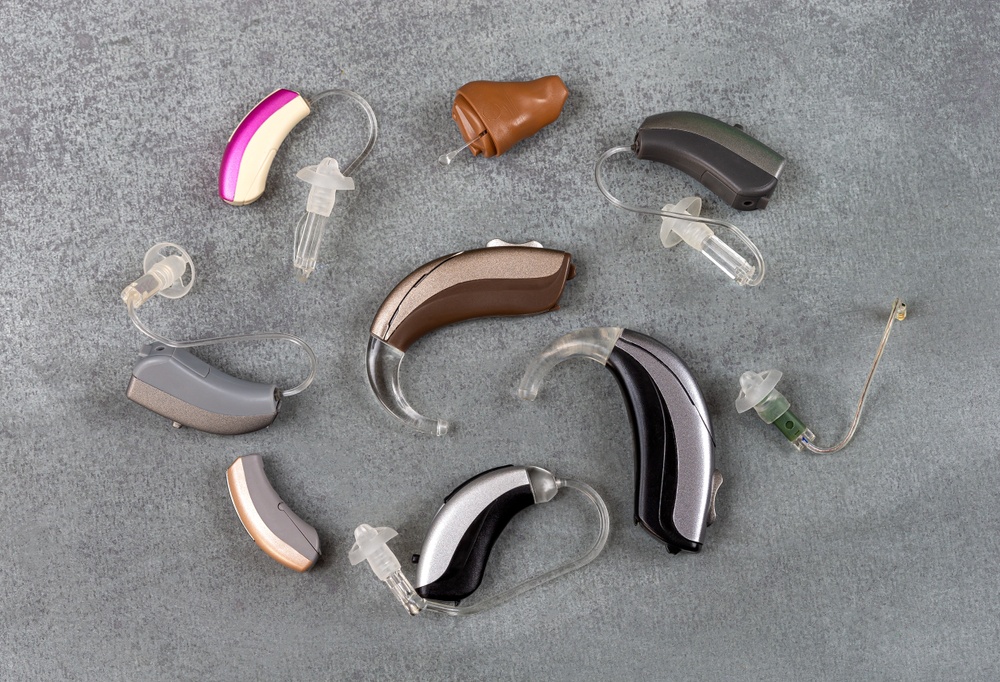Hearing loss is a prevalent condition that affects millions of people worldwide. Fortunately, advancements in technology have made hearing aids more effective and accessible than ever before. However, selecting the right hearing aid supplies can be overwhelming, given the multitude of options available in the market. From different types of hearing aids to various accessories and maintenance tools, making an informed decision requires careful consideration of several factors. In this comprehensive guide, we will explore the essential aspects to consider when choosing hearing aid supplies.
Understanding Your Hearing Loss
Before diving into the selection process, it's crucial to understand the nature and severity of your hearing loss. Hearing loss can vary greatly in terms of degree and configuration, ranging from mild to profound and affecting different frequencies. Consulting with an audiologist or hearing healthcare professional is the first step in determining the extent of your hearing loss and identifying the most suitable hearing aid solution.
Types of Hearing Aids
There are several types of hearing aids available, each with its own set of features, advantages, and limitations. The most common types include:
- Behind-the-Ear (BTE): These hearing aids sit comfortably behind the ear and are connected to a custom earmold or earpiece via tubing. BTE hearing aids are suitable for individuals with mild to profound hearing loss and offer features like telecoil and directional microphones.
- In-the-Ear (ITE): ITE hearing aids are custom-made to fit within the outer portion of the ear. They are less visible than BTE models and may offer additional features such as volume controls and telecoils. ITE hearing aids are suitable for mild to severe hearing loss.
- In-the-Canal (ITC) and Completely-in-the-Canal (CIC): These hearing aids are discreet and fit partially or entirely within the ear canal, making them less visible than other types. ITC and CIC hearing aids are suitable for mild to moderate hearing loss and may have limitations in terms of battery life and features.
- Receiver-in-Canal (RIC) or Receiver-in-the-Ear (RITE): RIC/RITE hearing aids are similar to BTE devices but have a smaller casing and a receiver (speaker) placed inside the ear canal. They offer excellent sound quality and are suitable for mild to severe hearing loss.
Considerations When Choosing Hearing Aid Supplies
Lifestyle and Preferences
Consider your lifestyle and daily activities when choosing hearing aid supplies. For example, if you lead an active lifestyle or enjoy outdoor activities, you may need accessories like sweat-resistant earmolds or waterproof cases. Similarly, if you frequently attend meetings or social gatherings, hearing aids with advanced noise reduction and speech enhancement features would be beneficial.
Compatibility and Connectivity
Modern hearing aids often come with wireless connectivity features, allowing them to connect to smartphones, TVs, and other electronic devices via Bluetooth or other wireless protocols. When selecting hearing aid supplies, ensure compatibility with your existing devices and consider accessories such as Bluetooth streamers or remote controls for added convenience.
Comfort and Fit
Comfort is paramount when wearing hearing aids for extended periods. Ensure that the supplies you choose, such as earmolds or domes, provide a comfortable and secure fit without causing discomfort or irritation. Custom-made earmolds can offer a personalized fit, while adjustable accessories allow for fine-tuning to achieve optimal comfort.
Maintenance and Care
Proper maintenance and care are essential to prolong the lifespan and performance of your hearing aids. Invest in cleaning tools such as brushes, wax guards, and drying capsules to keep your devices free from debris, moisture, and earwax buildup. Additionally, consider purchasing protective cases or storage containers to safeguard your hearing aids when not in use.
Budget and Insurance Coverage
Hearing aid supplies can vary significantly in terms of cost, depending on factors such as brand, features, and accessories included. Before making a purchase, establish a budget based on your financial situation and insurance coverage. Some insurance plans may cover all or part of the cost of hearing aids and related supplies, so be sure to check your policy for details.
Popular Hearing Aid Supplies and Accessories
Batteries and Chargers
Hearing aid batteries come in various sizes (e.g., size 10, 312, 13, 675) and typically last between 3 to 14 days, depending on usage and battery type. Consider purchasing rechargeable hearing aids or rechargeable battery kits for added convenience and cost savings.
Earmolds and Domes
Earmolds and domes are essential components that help secure the hearing aid in place and ensure optimal sound quality. Choose from a variety of materials and styles, including silicone, acrylic, and foam, based on your comfort and fit preferences.
Cleaning Tools
Regular cleaning is crucial to prevent malfunctions and maintain the performance of your hearing aids. Invest in cleaning tools such as brushes, wax loops, and air blowers to remove debris, earwax, and moisture from your devices effectively.
Hearing Aid Dehumidifiers
Moisture buildup can damage hearing aids and affect their performance. Use hearing aid dehumidifiers or drying capsules to remove excess moisture and prolong the lifespan of your devices.
Remote Controls and Accessories
Remote controls allow you to adjust volume, switch programs, and control other settings on your hearing aids with ease. Consider purchasing remote controls or smartphone apps for added convenience and accessibility.
Conclusion
Choosing the right hearing aid supplies is essential for maximizing the effectiveness and longevity of your hearing aids. By considering factors such as your lifestyle, preferences, comfort, and budget, you can select the supplies and accessories that best suit your needs. Remember to consult with your audiologist or hearing healthcare professional for personalized recommendations and guidance throughout the selection process. With the right supplies and accessories, you can enjoy improved hearing and enhanced quality of life for years to come.


No comments yet